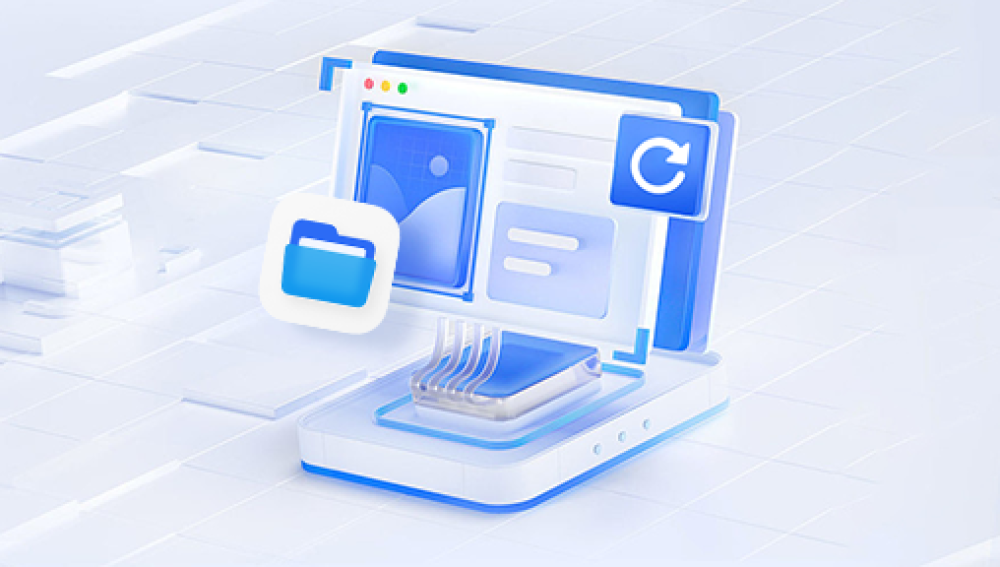Accidentally losing an important Excel document can lead to considerable frustration, particularly when hours of data entry and analysis vanish due to a crash, an unexpected shutdown, or mistakenly closing a file without saving. Fortunately, Microsoft Excel is equipped with several built-in features to help recover lost files, and additional strategies can increase the chances of successful restoration.
Excel's Recovery Features
Excel includes two primary tools for document recovery: AutoSave and AutoRecover.
AutoSave
AutoSave is a Microsoft 365 feature that saves changes automatically in real-time when working with files stored in OneDrive, OneDrive for Business, or SharePoint Online. When AutoSave is enabled, every change you make is saved almost instantly.

AutoRecover
AutoRecover is available to all Excel users and functions by saving a backup copy of open files at specified intervals (typically every 10 minutes). If Excel crashes or is closed unexpectedly, these backups can help restore unsaved work.
Common Scenarios of Document Loss
Understanding how you lost the document will determine the best recovery method:
Excel crash or computer shutdown: Use AutoRecover or Document Recovery pane.
Closed without saving: Look in UnsavedFiles folder or Manage Workbook.
File deletion: Check Recycle Bin or use recovery software.
Corruption: Use Open and Repair feature.
Method 1: Recover Using the Document Recovery Pane
If Excel crashes, the next time you open it, the Document Recovery pane should appear automatically.
Steps:
Launch Microsoft Excel.
Check the Document Recovery pane that appears on the left side.
Click to open the file versions listed.
Save the desired version immediately using File > Save As.
Method 2: Use Manage Workbook to Recover Unsaved Workbooks
If you accidentally closed the file without saving, Excel may have stored a temporary version.
Steps:
Open Excel.
Go to File > Info.
Under Manage Workbook, click "Recover Unsaved Workbooks."
A folder opens showing unsaved files.
Select and open the relevant file.
Save it to a secure location.
Method 3: Manually Locate Unsaved Files
Excel stores autosaved files in a specific directory that can be accessed manually.
Steps:
Open File Explorer.
Navigate to: C:\Users\[YourUserName]\AppData\Local\Microsoft\Office\UnsavedFiles
Locate files with the .asd or .tmp extensions.
Open in Excel and save as needed.
Method 4: Search for Temporary Excel Files
Temporary files may still be present on your system even if you didn’t save the document.
Steps:
Open File Explorer.
In the search bar, enter *.tmp or ~*.xls*.
Sort results by date modified.
Double-click relevant files to open.
Save using File > Save As.
Method 5: Restore Previous Versions from File History
If File History or System Protection is enabled, you can restore older versions.
Steps:
Right-click the Excel file or folder it was in.
Select "Restore previous versions."
Browse through available versions.
Select and restore the desired version.
Method 6: Use OneDrive or SharePoint Version History
Cloud-stored files benefit from automatic versioning.
Steps:
Open the Excel file from OneDrive or SharePoint.
Go to File > Info > Version History.
Browse previous versions.
Open and restore as needed.
Method 7: Recover Deleted Excel Files from Recycle Bin
Deleted files often remain in the Recycle Bin until it is emptied.
Steps:
Open Recycle Bin.
Locate the deleted Excel file.
Right-click and select Restore.
The file returns to its original location.
Method 8: Use Excel's Open and Repair Feature
If the file is corrupted, Excel can attempt to repair it during the opening process.
Steps:
Open Excel and click File > Open.
Browse to the location of the corrupted file.
Click the drop-down arrow next to Open, then select "Open and Repair."
Choose "Repair" or "Extract Data" based on the condition.
Method 9: Use Data Recovery Software
When all else fails, specialized software like Drecov Data Recovery can scan your drive for recoverable files.
Steps:
Install a reputable recovery tool.
Launch the software and select the drive where the file was located.
Perform a deep scan.
Search for .xlsx files.
Preview and restore the file.
Method 10: Check Email Attachments and Cloud Backups
You may have previously sent or saved the file through email or a cloud service.
Steps:
Search your email (Sent or Drafts) for attachments.
Log into your cloud storage (e.g., Google Drive, Dropbox).
Download and save the Excel file.
How to Prevent Future Data Loss in Excel
Preventative measures help minimize risk:
Enable AutoRecover and AutoSave: Go to File > Options > Save, and ensure AutoRecover is turned on.
Set frequent save intervals: Reduce the time interval between AutoRecover saves.
Save to cloud storage: Leverage OneDrive or SharePoint for real-time backups.
Backup regularly: Use external drives or backup software.
Use version control tools: Maintain multiple versions of critical files.
Adjusting AutoSave and AutoRecover Settings
Steps:
Open Excel > File > Options.
Navigate to the Save tab.
Check:
"Save AutoRecover information every X minutes."
"Keep the last AutoRecovered version if I close without saving."
Set the save interval to 5 minutes or less.
Understanding the Limitations of Recovery
While Excel's tools are effective, recovery is not always guaranteed:
Files closed and saved with no AutoRecover backup may be unrecoverable.
Temporary files are sometimes cleared by system cleaners.
Recovered files may be partially damaged or missing recent edits.
Advanced Recovery Using Command Line Tools (for Tech Users)
Experienced users can try command-line data recovery tools.
TestDisk: For lost partitions and undeleting files.
PhotoRec: Despite the name, it can recover .xls and .xlsx files.
Caution: These tools are powerful but require technical knowledge.
When to Contact IT or a Professional
If you’re unable to recover a critical document:
Stop using the affected drive to prevent overwriting data.
Contact IT support for enterprise systems.
Use professional data recovery services for physically damaged drives.




